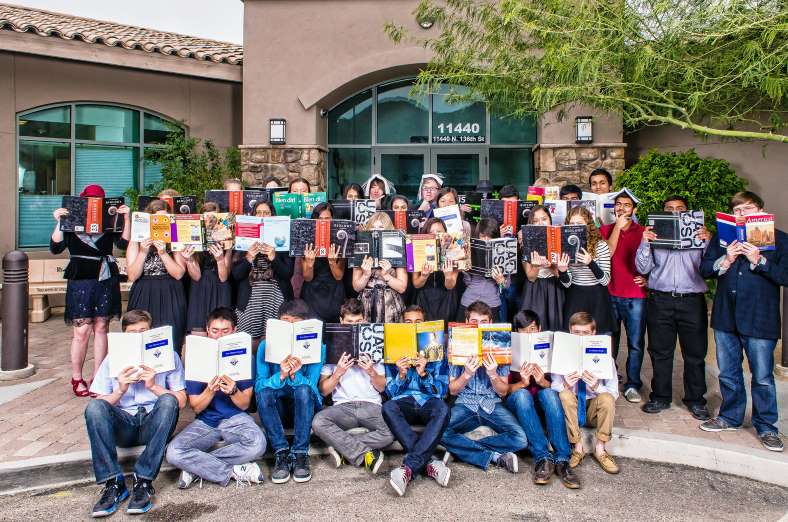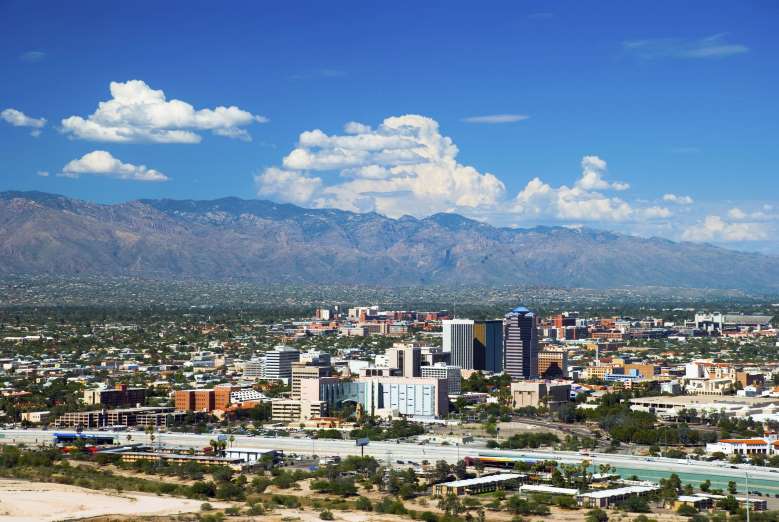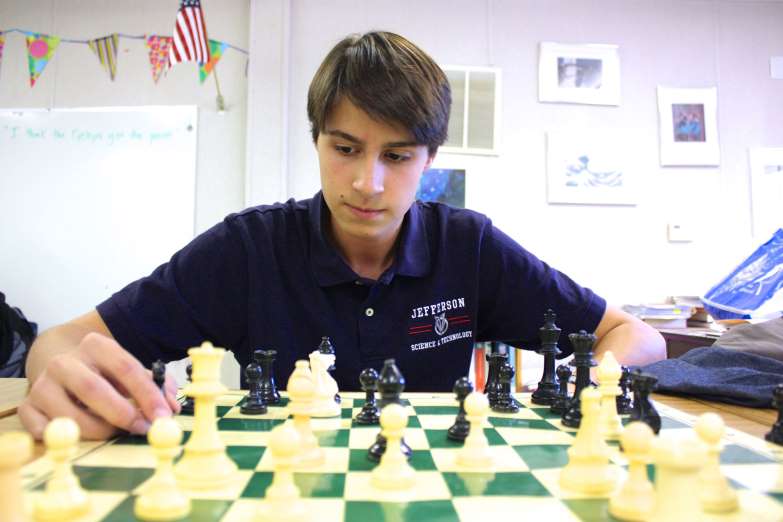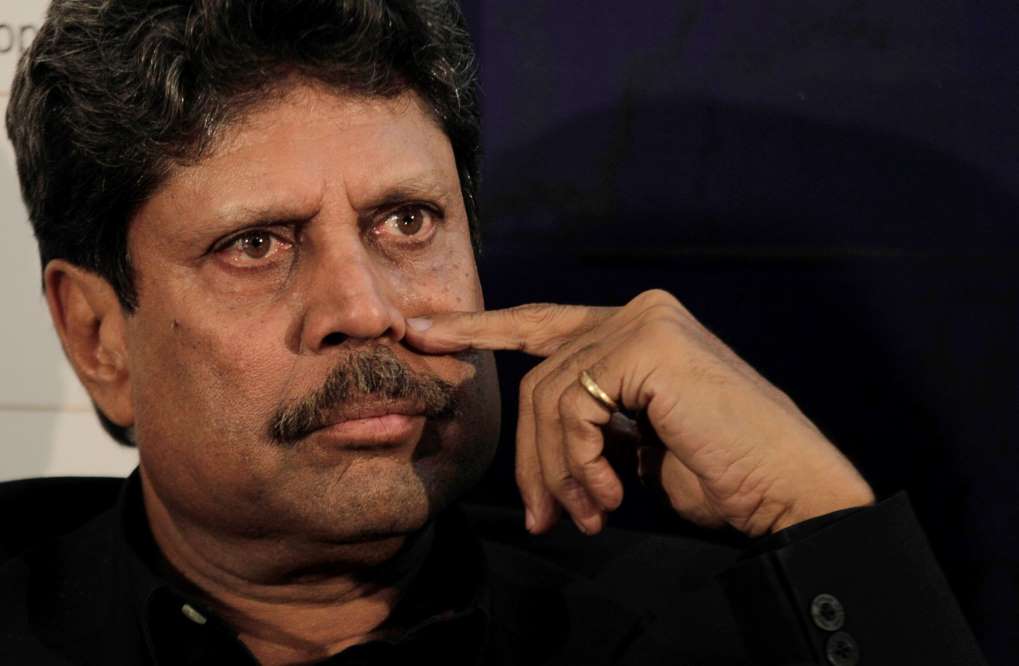April 25, 2017
With President Donald Trump expressing support of school-choice programs, parents may soon have more options for where they send their teens to high school.

April 25, 2017
With President Donald Trump expressing support of school-choice programs, parents may soon have more options for where they send their teens to high school.

Aside from traditional public high schools, parents may already be able to send their teens to charter schools – public schools run by independent organizations with more flexibility to experiment with how schools operate. There are also magnet schools, which are designed around a theme, like STEM – science, technology, engineering and math – and may attract more academically gifted students via an application.
Charter and magnet schools dominate the very top of the 2017 U.S. News Best High Schools rankings, released today. But more than 80 percent of the 6,000-plus medal winners are traditional public high schools.
U.S. News evaluated more than 28,000 public high schools in all 50 states and the District of Columbia. Five hundred public high schools received gold medals, 2,109 took home silver and 3,432 received bronze in the national rankings.

BASIS Scottsdale, a charter school in Arizona, is the No. 1 public high school in the U.S. for the first time. The school took the top spot from the School for the Talented and Gifted, a magnet school in Dallas, which fell to No. 4 this year.
Four other Arizona BASIS charter schools made the top 10, including BASIS Tucson North, which took second place, followed by BASIS Oro Valley at No 3. These public schools are managed by the private BASIS Educational Group LLC. BASIS Scottsdale opened in 2003 and like at other BASIS schools, students can graduate early or stay through 12th grade and complete a senior project – usually off campus, according to the school's website.

High school graduation rates were one part of the U.S. News Best High Schools methodology. With the help of North Carolina-based research firm RTI International, U.S. News used a four-step process to calculate the rankings.
First, U.S. News looked at student performance on state-required tests during the 2014-2015 school year. Schools had to perform better than statistically expected on these tests in their state, given their student poverty levels, to make it to the next step. Then, schools were evaluated on whether their least-advantaged students – those of black, Hispanic and low-income backgrounds – performed at or better than the state average.
The third step required schools that passed the first two steps to have a graduation rate of at least 75 percent. Those that did made it to the final phase – which determined if their national ranking was a gold, silver or bronze medal. In this fourth step, U.S. News looked at how well schools prepared students for college based on participation in and performance on Advanced Placement exams.
The top 25 nationally ranked high schools performed equally in this phase and a new tiebreaker process was used to determine their numerical ranks. The tiebreaker looked at the percentages of seniors who took and passed AP exams in at least four different subject areas – which showed how well students were prepared for college across a variety of disciplines.
The International Baccalaureate Organization was unable to provide U.S. News with IB data as it had in previous years for the final step, so schools only using IB exams weren't eligible to receive gold or silver medals. But like all high schools that pass the first three steps of the methodology, IB schools were eligible for bronze medals.
In a new feature to the rankings, some schools with bronze medals performed well enough on college readiness to be numerically ranked within their own state.
While Arizona led the very top of the national rankings, Maryland was the top state overall in terms of the percent of eligible schools awarded gold or silver medals, followed by Florida and California. California also had a school in the top 10 of the national rankings – Pacific Collegiate Charter in Santa Cruz at No. 10.
U.S. News also ranks charter and magnet schools separately, along with the Best High Schools for STEM. The STEM rankings are calculated using data on student participation in and performance on AP math and science tests.

High Technology High School in New Jersey is the No. 1 ranked STEM school for the third year in a row. Thomas Jefferson High School for Science and Technology in Virginia took second place.
Families can view all the rankings and data on thousands of schools on the U.S. News website. Parents can explore student gender and ethnicity data, for example, and see how well their child's school performed on state-required tests and AP exams. However, AP data are not available for South Dakota schools, as the state did not give U.S. News permission to use that information; this meant the state's schools were only eligible for bronze medals.
Courtesy: U.S. News & World Report – Money
















































































































